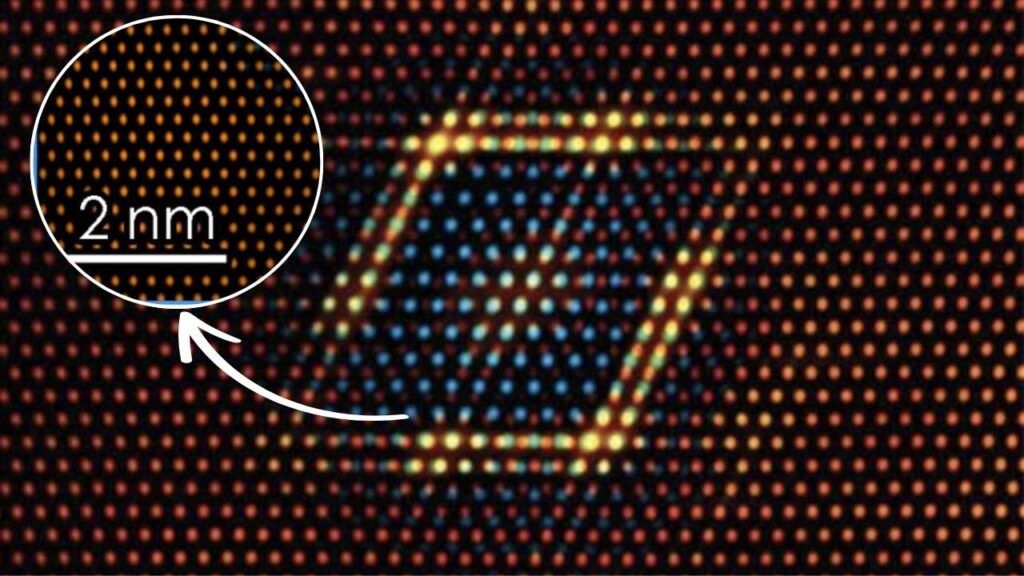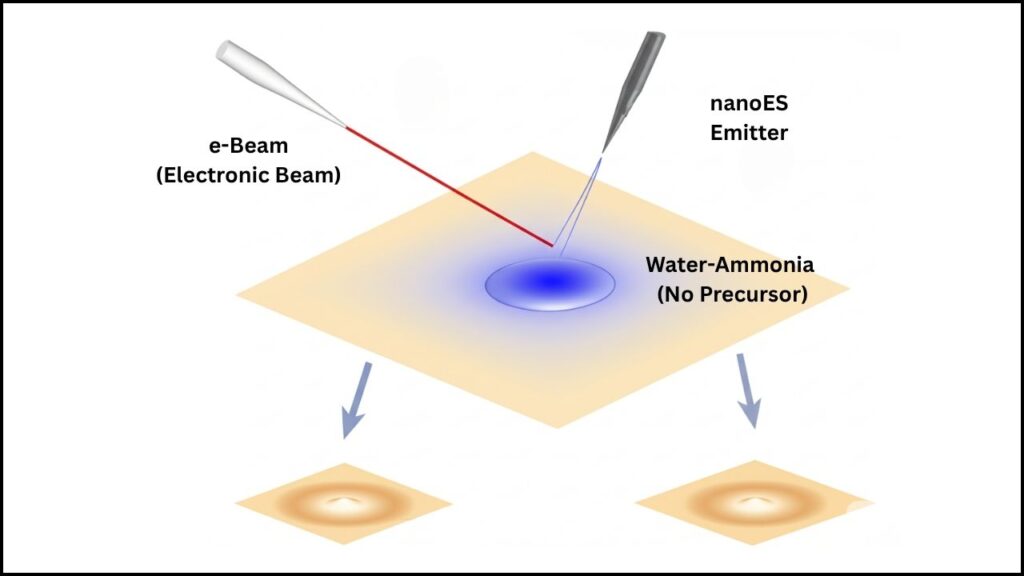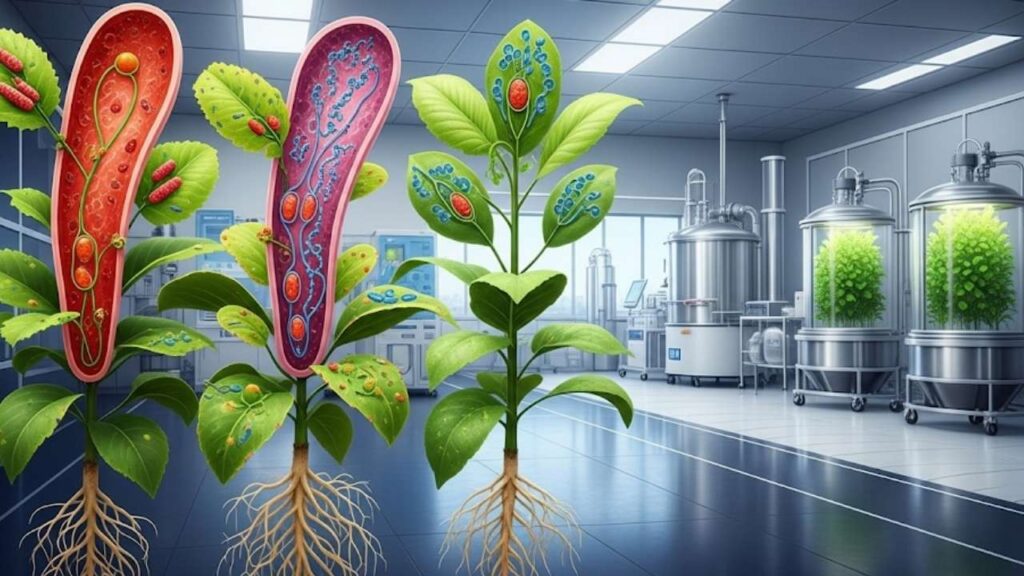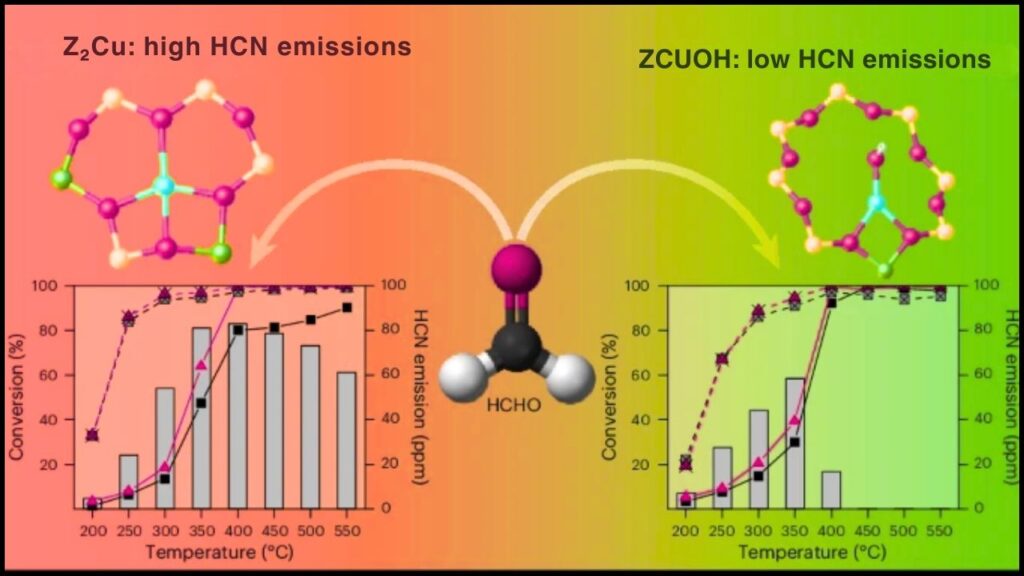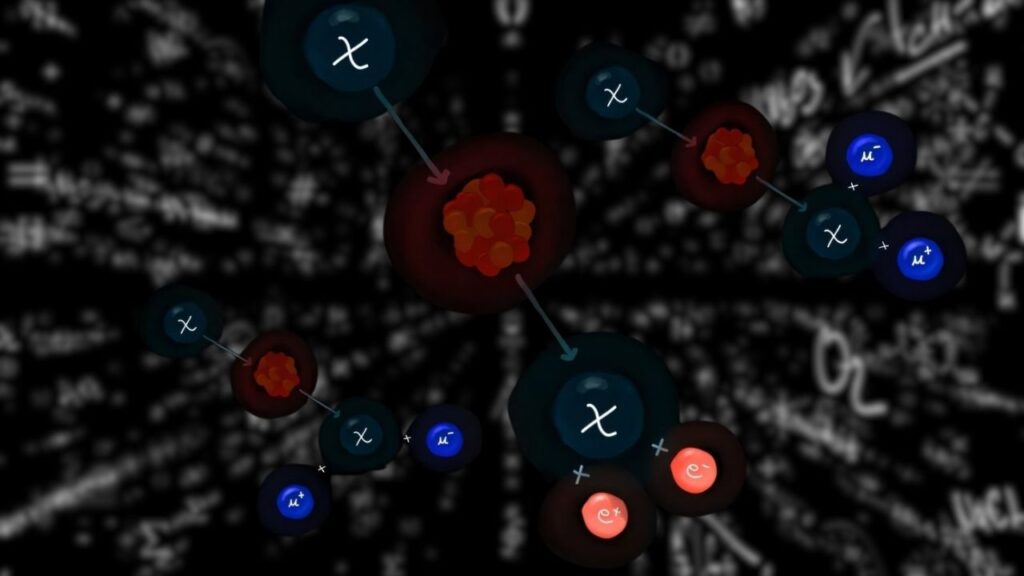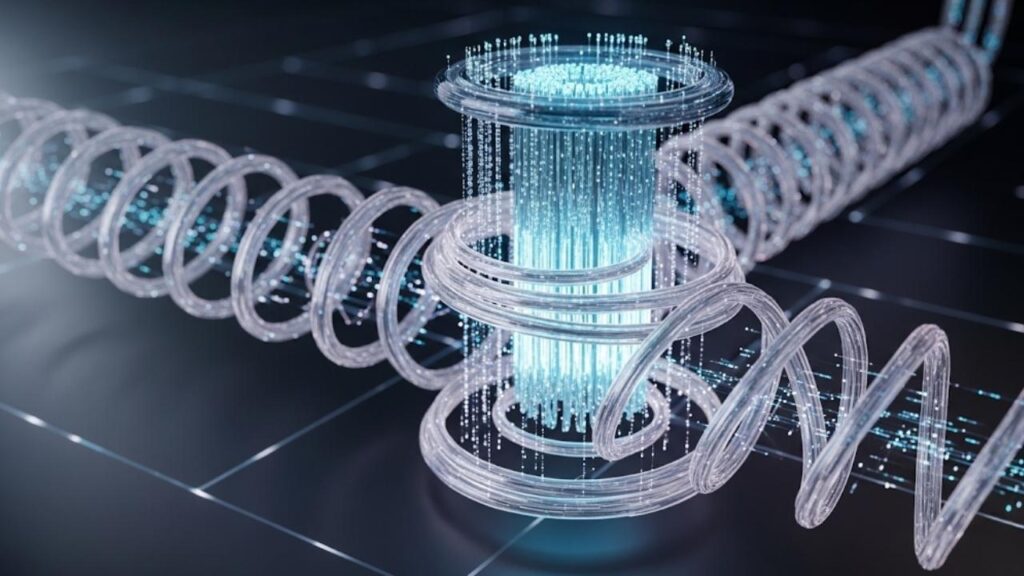Imagine a world where your phone, laptop, or even your car never catches fire because of its battery. That future could be closer than you think, thanks to next-generation polymer blends—a breakthrough in battery technology that promises safer, more efficient, and environmentally friendly energy storage.
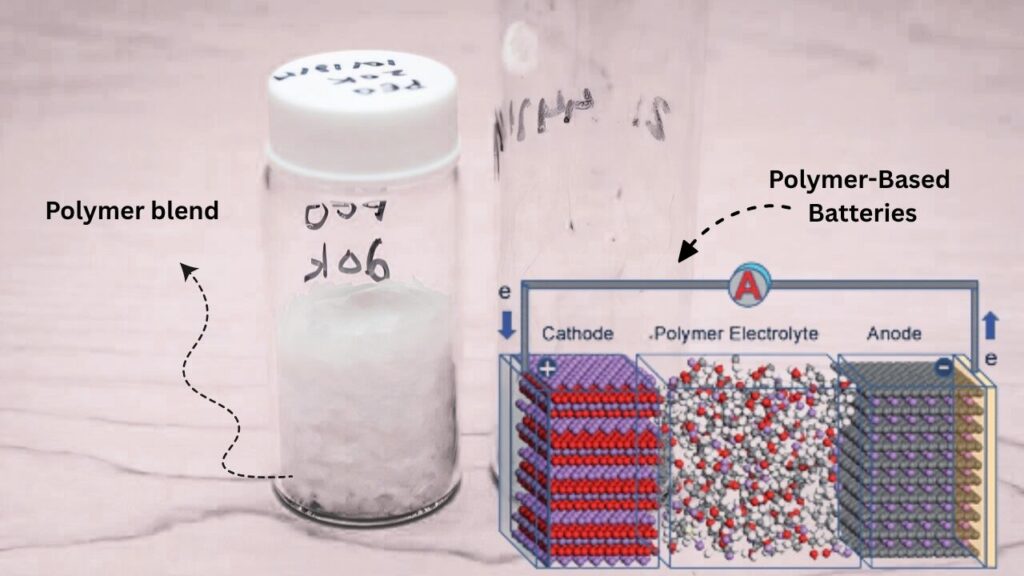
Batteries are everywhere in our lives, powering everything from toys to electric cars. Most of these use lithium-ion batteries, which are great at storing lots of energy but have one big problem: they can catch fire if something goes wrong. That’s because the liquid inside them, called the electrolyte, is flammable. Scientists have been working for years on solid-state batteries that use solid materials instead of liquids, making them much safer. Now, by blending different kinds of polymers—special plastic-like materials—researchers are making batteries that are not only safer but also more powerful and easier to recycle.
Table of Contents
What Are Polymer Blends and Why Do They Matter?
Polymer blends are made by mixing two or more different polymers together to create a new material with the best qualities of each. Think of it like mixing chocolate and vanilla ice cream to get a new flavor that’s better than either one alone. In batteries, these blends can be used as electrolytes—the part that lets electricity flow between the battery’s positive and negative sides.
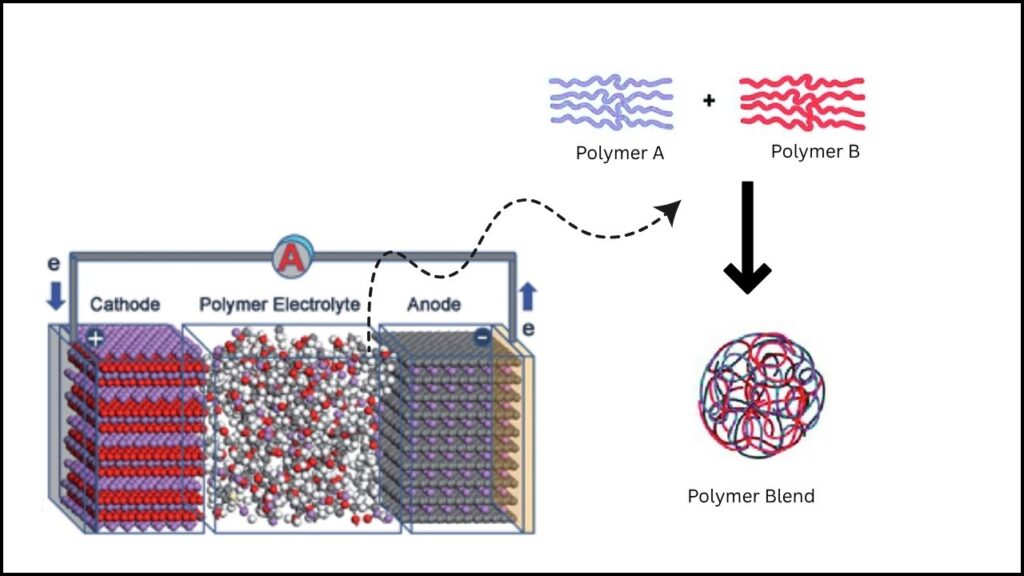
The big advantage? Polymer blend electrolytes can be solid or semi-solid, so there’s no flammable liquid to worry about. This makes batteries much less likely to catch fire or explode. Plus, these materials are flexible, lightweight, and can be shaped into almost any form—perfect for fitting into all kinds of devices.
Safer Batteries May Be on the Horizon With Next-Generation Polymer Blends
| Feature | Polymer Blend Batteries | Traditional Lithium-ion Batteries |
|---|---|---|
| Safety | Much safer (no flammable liquid) | Risk of fire/explosion (flammable electrolyte) |
| Energy Density | Potentially higher (supports new materials) | Limited by liquid electrolyte |
| Flexibility | Highly flexible, can be molded into any shape | Rigid, limited shapes |
| Environmental Impact | Easier to recycle, some blends biodegradable | Harder to recycle, more pollution |
| Cost | Potentially lower (new materials, less solvent) | Higher (lithium, cobalt, nickel) |
| Maturity | Emerging, not yet mainstream | Mature, widely used |
| Applications | Phones, laptops, EVs, grid storage | Same, but with safety risks |
Next-generation polymer blends are set to revolutionize battery technology, making our devices safer, more powerful, and greener. While there’s still work to do, the progress is exciting—and the future looks bright for batteries that won’t catch fire, last longer, and are better for the planet.
With each new discovery, we’re one step closer to a world where energy storage is as safe and reliable as flipping a light switch. Whether you’re a curious kid, a tech enthusiast, or a battery professional, polymer blend batteries are a topic worth watching.
Official resource: U.S. Department of Energy – Energy Storage
How Do Polymer Blend Batteries Work?
The Basics of Battery Chemistry
All batteries have three main parts: a positive electrode (cathode), a negative electrode (anode), and an electrolyte in between. When you charge a battery, electricity moves ions (charged particles) from one side to the other. When you use the battery, those ions move back, creating the electricity that powers your device.
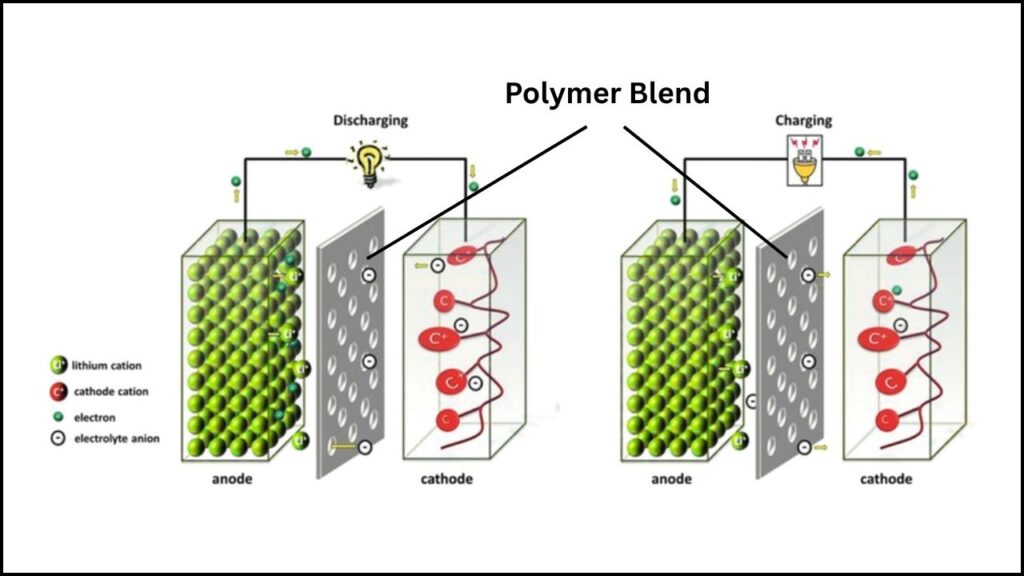
In lithium-ion batteries, the electrolyte is usually a liquid that lets ions move easily, but it can catch fire. In polymer blend batteries, the electrolyte is a solid or gel made from a mix of polymers. This blend can still let ions move, but it’s much safer because it doesn’t burn.
Types of Polymer Electrolytes
There are two main types of polymer electrolytes:
- Dry solid polymer electrolytes (SPE): These are completely solid, with no liquid at all.
- Gel polymer electrolytes (GPE): These have a little bit of liquid trapped in a polymer matrix, making them a bit like jelly.
Polymer blend electrolytes can be either type, depending on the mix of polymers used. Scientists are especially excited about blends because they can combine the best features of different polymers—like high conductivity from one and great flexibility from another.
Recent Breakthroughs in Polymer Blend Research
Recent studies have looked at how polyethylene oxide (PEO) and charged polymers mix together. Researchers found that even a tiny change in the blend can affect how these materials behave. Sometimes, they stay mixed together smoothly; other times, they separate. By understanding these rules, scientists can design better materials for batteries.
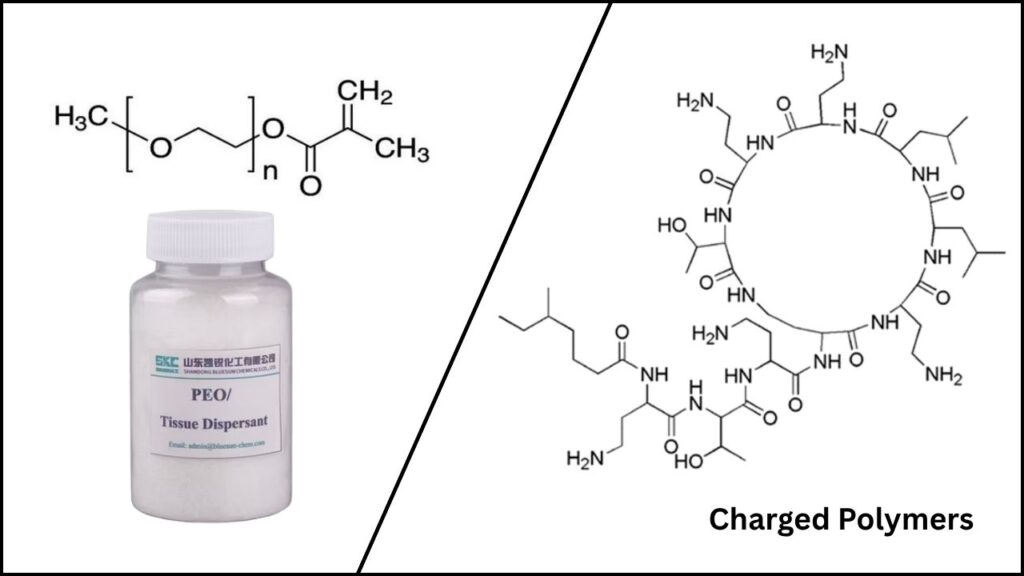
“Understanding how these two polymers mix is essential for designing materials that are both stable and functional,” said one researcher. “Our findings show that charge concentration and electrostatic strength are key levers in tuning polymer behavior.”
This research is important because it gives scientists a recipe book for creating new polymer blends. With better models, they can predict which blends will work best, saving time and money in the lab.
Benefits of Polymer Blend Batteries
Safety First
The biggest advantage of polymer blend batteries is safety. Because they don’t use flammable liquids, the risk of fire or explosion is much lower. This is especially important for electric cars and airplanes, where a battery fire could be disastrous.
Higher Energy Density
Energy density is how much energy a battery can store for its size. Polymer blends can potentially store more energy than traditional batteries, especially if they’re paired with new materials like lithium metal. That means your phone could last longer between charges, or your electric car could go farther on a single charge.
Flexibility and Lightweight
Polymer blends are flexible and lightweight, which is great for making slim phones, bendable gadgets, and even batteries that can be woven into clothing. This also makes them easier to fit into tight spaces, like inside a smartwatch or a drone.
Environmental Benefits
Many polymer blends are easier to recycle than traditional batteries. Some can even be made from biodegradable materials, which is better for the planet. As the world moves toward greener energy, this is a big plus.
Cost Savings
By using new materials and less expensive solvents, polymer blend batteries could eventually be cheaper to make than today’s lithium-ion batteries. This could make electric cars and renewable energy storage more affordable for everyone.
Challenges and the Road Ahead
While polymer blend batteries are promising, there are still some challenges to overcome:
- Ionic conductivity: Some polymer blends don’t let ions move as easily as liquid electrolytes, which can slow down charging and discharging.
- Durability: Making sure these batteries last for hundreds or thousands of cycles without breaking down is important for real-world use.
- Manufacturing: Scaling up from the lab to mass production takes time and investment.
Scientists are working on these issues by tweaking the blend recipes, adding special additives, and improving manufacturing techniques. With each new discovery, polymer blend batteries get closer to being ready for your phone, car, or home.
Practical Guide: How Polymer Blend Batteries Are Made
Let’s break down how polymer blend batteries are created, step by step:
Step 1: Choose the Polymers
Scientists pick two or more polymers with different strengths—maybe one is great at conducting ions, and another is very flexible. Common choices include PEO, PVDF, and PAN.
Step 2: Mix Them Together
The polymers are blended in different ratios to see how they behave. Sometimes, they mix smoothly; other times, they separate. The goal is to find the perfect mix where the blend is stable and conducts electricity well.
Step 3: Add Salts
To help ions move, a lithium salt is added to the blend. This boosts the battery’s performance.
Step 4: Test and Improve
The new blend is tested in a battery to see how well it works. Scientists measure things like ionic conductivity, flexibility, and safety. If something isn’t right, they go back to step 1 and try a new mix.
Step 5: Scale Up
Once a blend works well in the lab, the next step is to make it in larger quantities and see how it performs in real devices, like phones or electric cars.
Neural Networks Improve Efficiency of Solid-State Battery Research
Zinciodine Battery Offers a New Alternative to Lithium-Ion Technology
Battery-Free Physical AI: The New Frontier with picoRing and SenSync
FAQs About Safer Batteries May Be on the Horizon With Next-Generation Polymer Blends
Are polymer blend batteries available now?
Most polymer blend batteries are still in the research or early production stage. You might find them in some high-end gadgets or prototypes, but they’re not yet in every phone or car.
How much safer are they compared to regular batteries?
Much safer. Because they don’t use flammable liquid electrolytes, the risk of fire or explosion is greatly reduced.
Will my phone last longer with a polymer blend battery?
Potentially, yes. If the blend allows for higher energy density, your device could last longer between charges.
Are these batteries more expensive?
Right now, they might be, because the technology is new. But as production scales up, they could become cheaper than today’s batteries.
Can polymer blend batteries be recycled?
Yes, many blends are easier to recycle than traditional batteries, and some can even biodegrade, which is better for the environment.
When will we see these batteries everywhere?
It could take a few more years. Scientists and companies are working hard to solve the remaining challenges and bring these batteries to market.
